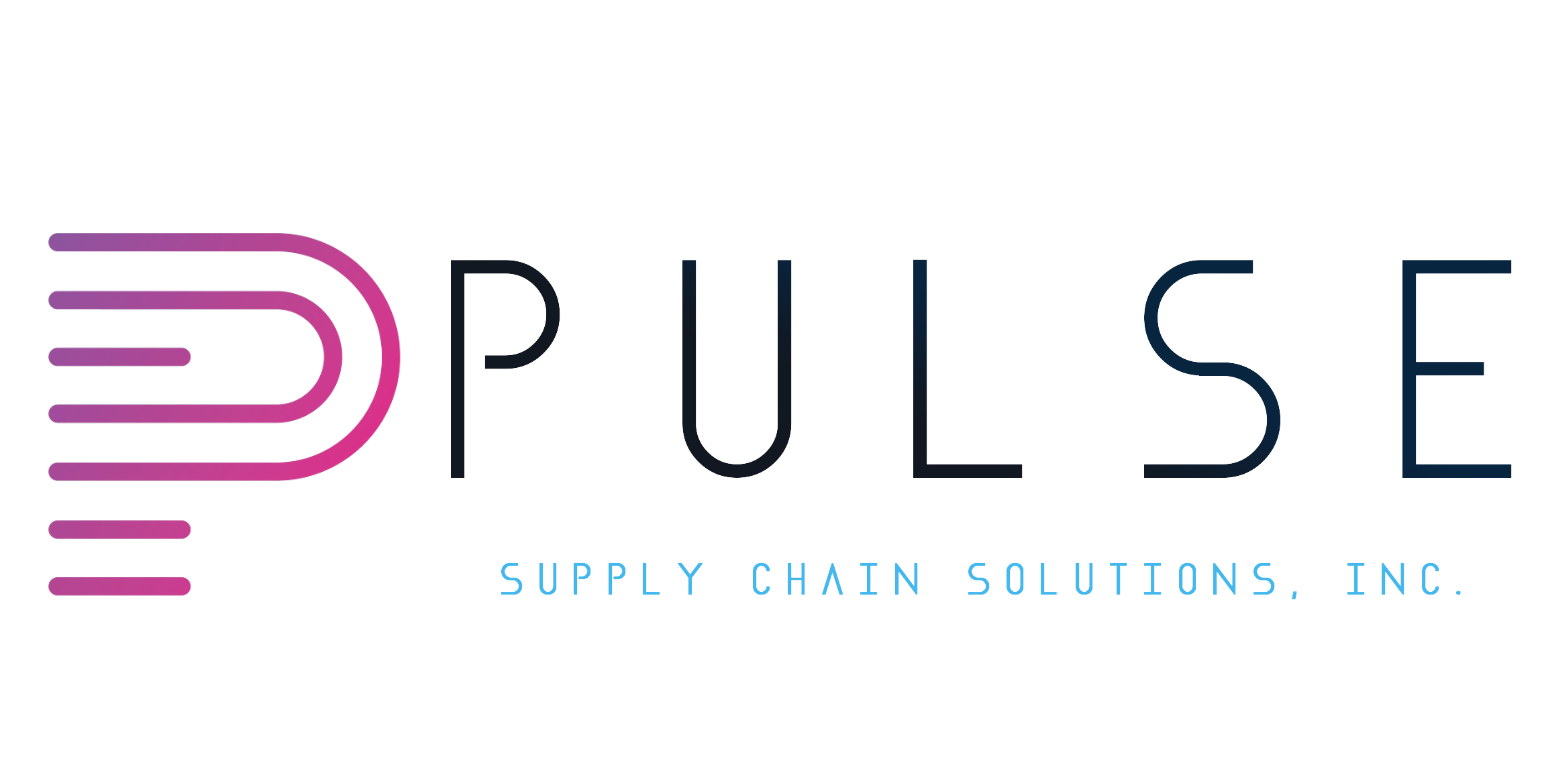
Original equipment manufacturers (OEMs) find themselves in a unique position. On one hand, they’re pressured to keep up with the breakneck pace of innovation, with consumers demanding the latest and greatest gadgets. On the other hand, there’s a growing awareness of the environmental impact of the technology sector, especially the e-waste crisis, which continues to spiral out of control. So how can OEMs adapt their technology lifecycles to embrace emerging technologies while mitigating e-waste and promoting a circular economy? The answer lies in rethinking how products are designed, manufactured, and ultimately retired.
The first step is for OEMs to design for longevity. Technology is moving faster than ever, but that doesn’t mean that products need to be disposable. In fact, many consumers are starting to prioritize durability over newness. Imagine a smartphone designed with modular components that can be easily swapped out for newer parts as technology advances. Instead of buying a completely new device every few years, users could upgrade their cameras, processors, or batteries as needed. This kind of design not only aligns with the pace of innovation but also helps reduce the volume of discarded electronics. It’s a win-win, OEMs keep consumers engaged with new features, while extending the product’s useful life.
But it’s not enough just to design products that last longer. OEMs also need to make repair and refurbishment easy and accessible. The second key strategy is to prioritize repairability and build a robust ecosystem for refurbishment. Historically, many manufacturers have made it difficult (if not impossible) for consumers or third parties to repair their products, leading to unnecessary waste. However, a shift in mindset is crucial here. By embracing repairability, OEMs can keep products in circulation for longer, reducing the need for new resources and manufacturing. This doesn’t just appeal to eco-conscious consumers, but it also opens up new business opportunities. Refurbishment programs, for example, can allow OEMs to resell their own products, giving them a second life and capturing value that would otherwise be lost.
OEMs must embrace product take-back programs and closed-loop recycling. It’s one thing to make products that last longer and are easier to repair, but eventually, every piece of technology will reach the end of its life. This is where the third key strategy comes into play. By implementing take-back programs, OEMs can reclaim valuable materials from old devices and reuse them in new ones, minimizing the need for virgin materials. The concept of closed-loop recycling means that the lifecycle of a product doesn’t end in a landfill; instead, its components are reincorporated into the supply chain. When manufacturers commit to this, they’re not only cutting down on waste but also securing a steady supply of materials that might otherwise become scarce or expensive.
This holistic approach from designing for longevity, to embracing repairability and refurbishment, and finally closing the loop with effective recycling allows OEMs to stay competitive in a world where innovation is the name of the game. By adopting these strategies, they’re not just keeping up with emerging technologies, but they’re also playing a crucial role in addressing the e-waste problem and driving a more sustainable, circular economy.
In the end, it’s about recognizing that the pace of innovation doesn’t have to conflict with sustainability. OEMs have the power to shape the future of technology in a way that aligns with both consumer demand and environmental responsibility. The real innovation lies in creating products that last, can be repaired, and eventually reborn into something new. And in doing so, the tech industry can move closer to a world where progress doesn’t come at the planet’s expense.


